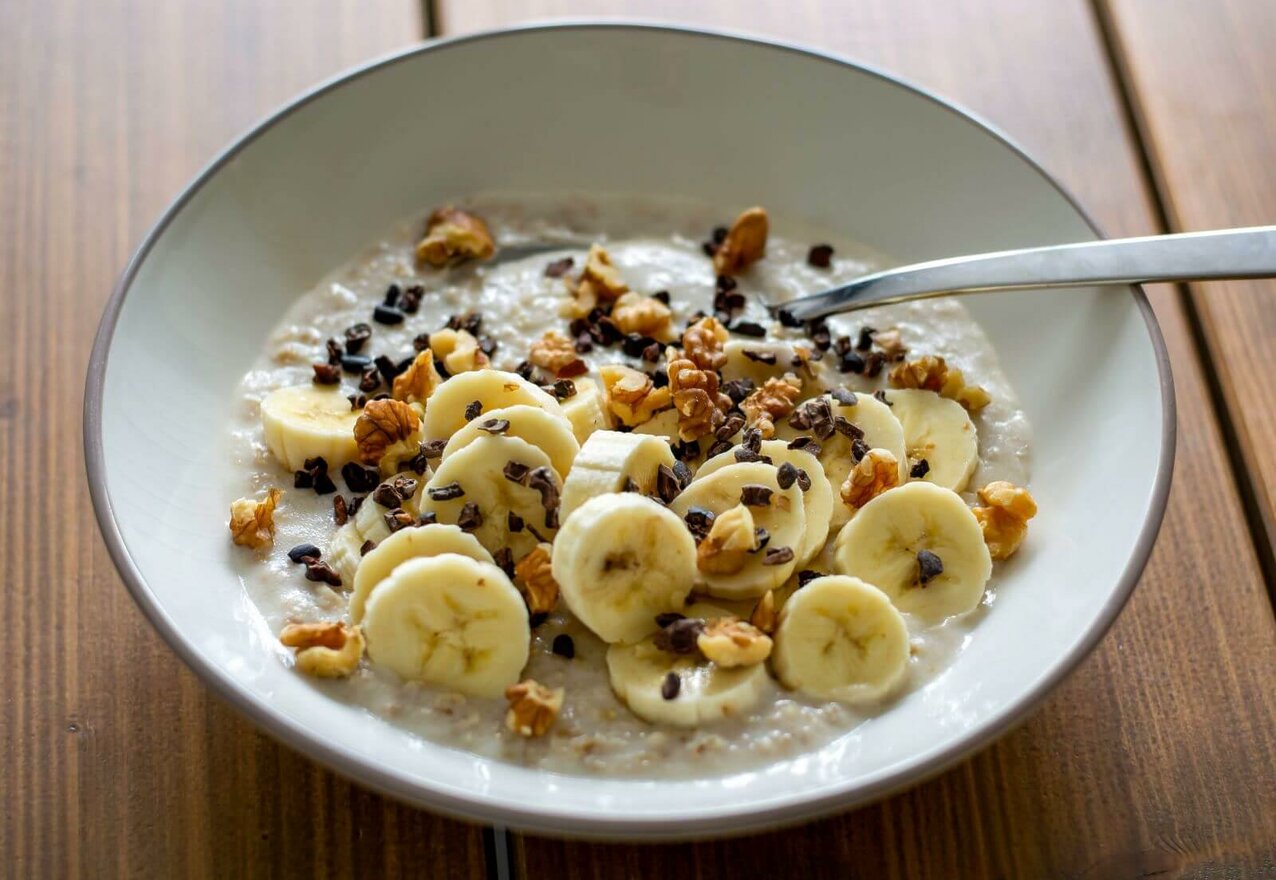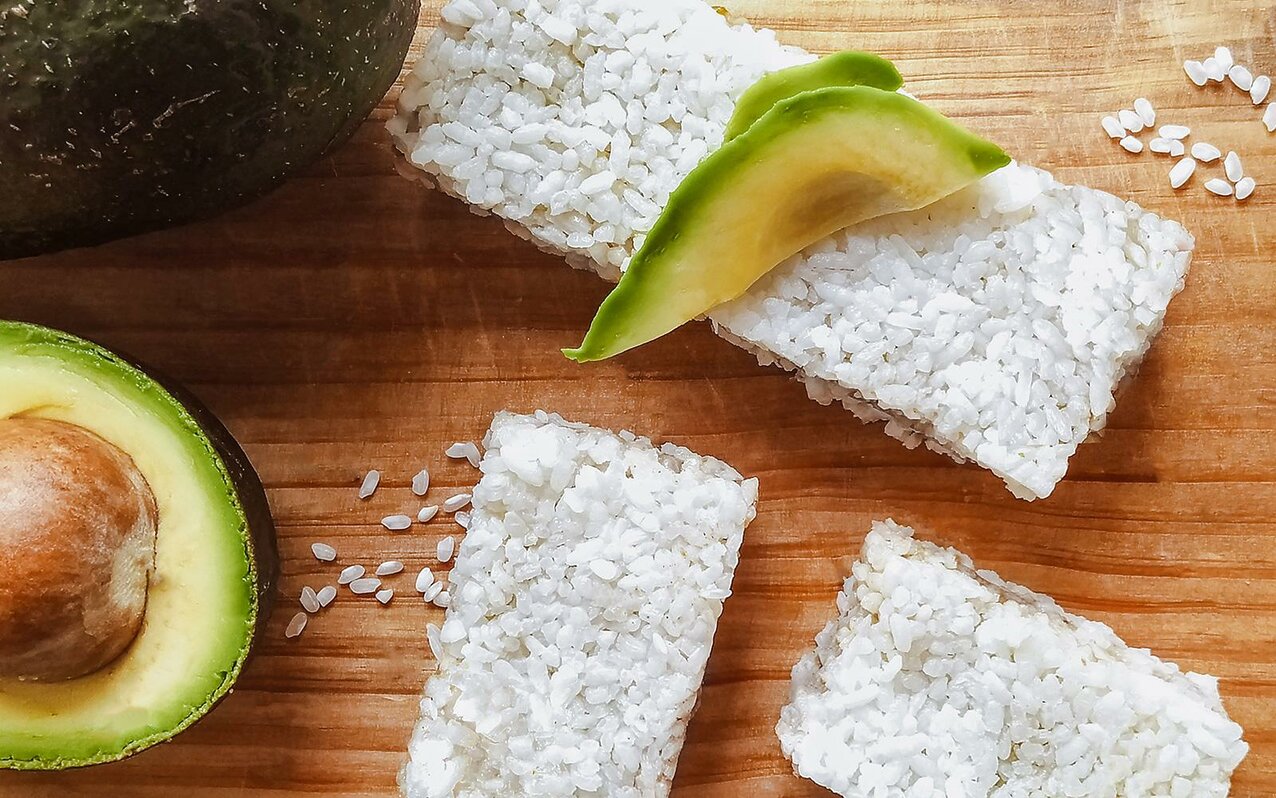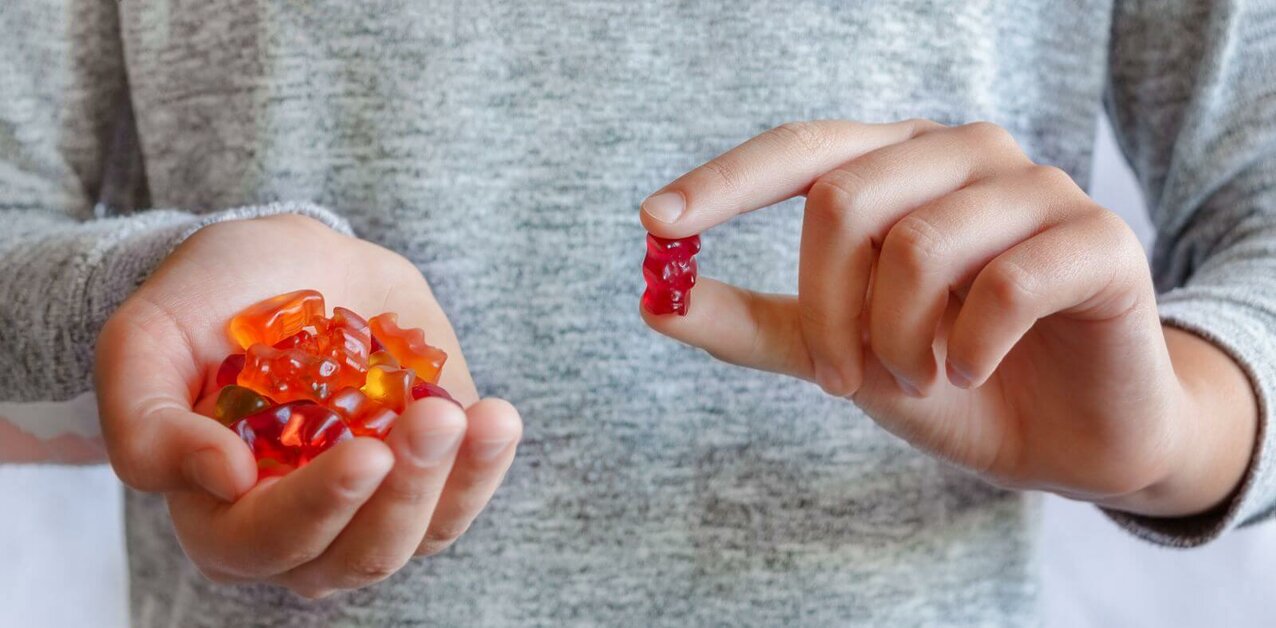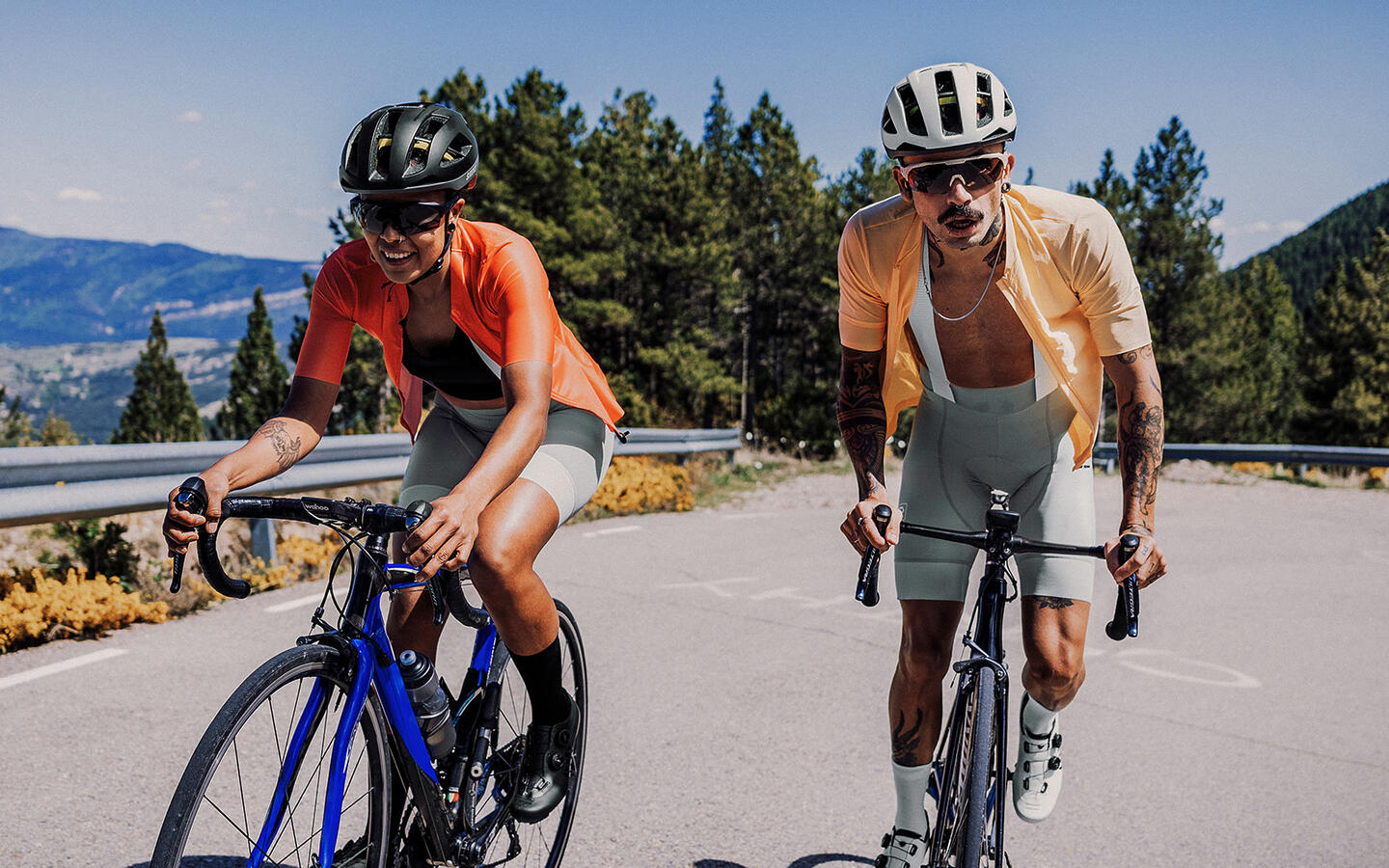During Grand Tours, such as the Tour de France, the Vuelta a España or the Giro d’Italia, professional cyclists follow a carefully planned diet to meet their high-energy demands. This specific nutrition is focused on providing the fuel needed for the 21 stages, while promoting recovery and supporting overall health. Let’s take a look at the foundations of a pro cyclist’s Grand Tour diet:
Carbohydrates
Carbs are the main source of energy for endurance exercise. Cyclists use up large amounts of carbs to replenish glycogen stores and maintain energy levels. They eat foods such as pasta, rice, oatmeal, bread, potatoes, sweet potatoes…

Pros should eat enough carbohydrates to reach peak performance but at the same time, they must be careful so as not to gain too much weight. Miscalculation can have serious consequences for their careers as running out of glycogen means they might end up bonking on their way to victory. Luckily, thanks to the newest research and technology, individual needs of each athlete can be calculated with an ever-increasing degree of accuracy.
Team nutritionists determine the amount of carbs to be consumed depending on the weight and type of cyclist, the specifics of the stage, and the mission of every cyclist in each of them. This plan might vary according to the evolution of the stage.
Proteins

Protein is essential for muscle repair and recovery. Cyclists typically consume low-fat sources of protein such as eggs, chicken, turkey, fish or low-fat dairy products. Red meat is usually only consumed at dinner before rest days.
Fruits and vegetables

These foods contain carbs but they also provide vitamins, minerals, antioxidants and fiber. They help support the immune system and overall health. Naturally, cyclists include a wide variety of fruits and vegetables in their diet, but they also have to be careful here: high fiber intake slows down digestion and further strains the athlete’s body that is trying to recover from the continuous and heavy exertion. Fruits and vegetables can be eaten raw, baked or pureed.
Healthy fats
Same case as above: They are necessary, but not in excess. Cyclists need healthy fats to maintain and support various bodily functions. They get them from avocados, nuts, olive oil and fatty fish such as salmon.
Hydration
Hydration is critical for proper performance and recovery. Two of the three Grand Tours are held in summer and cyclists need to drink plenty of fluids throughout the day. Water is primarily their drink of choice, but they also use electrolyte drinks to replace all the salts and minerals lost through sweat.
Hydration levels are closely monitored by nutritionists and team physicians every morning by analyzing athlete’s urine. Based on this data, they recommend drinking more or less and, in addition to hydrating, control the cyclist’s body temperature so that it does not rise excessively, compromising performance.
Grand Tour meal planning
We’ve already seen what cyclists eat and drink, but now let’s take a look at how much and when they eat during a grand tour.
Breakfast

Typically, breakfast is consumed between 2 and 4 hours before the start of the stage. The calculation to properly load glycogen is as follows: 1 gram of carbohydrates per 1 kilogram of body weight of the cyclist, multiplied by the number of hours from the breakfast to the start of the stage. Example: Breakfast at 8 o’clock, start at 12 o’clock, for a cyclist weighing 80 kilos that gives us 320 grams of carbs.
Breakfast should contain mainly carbohydrates and proteins. It has to be low in fiber and fat for easier digestion. Each professional cyclist knows what they like or what agrees with them, and the chefs, together with the nutritionists, offer them cooked rice, oat porridge, omelets with or without some filling, low-fat dairy products, fresh juices, fruits and of course coffee or tea.
Pre-ride snack
On the way to the starting line, on the team bus, at the signing-on desk, during the team presentation or just before the start, the cyclists have a snack. It can be a banana, an energy bar, a rice cake, a sandwich etc. plus an extra shot of coffee for those who need it.
During the ride
During the ride, cyclists use solid food such as the snacks mentioned above, as well as gels and other liquid foods provided by team cars, support vehicles, and soigneurs.

Everything is meticulously calculated by experts. During the easier stages, cyclists can consume between 60-80 grams of carbohydrates per hour, while during the more demanding ones, the intake can go up to 120 or more.
Reaching the finish line of the stage
At this point, the recovery begins although it actually starts before, with the proper carbohydrate intake during the stage that prevents glycogen depletion and helps the body recover even faster at the end of the race.
To restore glycogen stores and repair muscle damage, cyclists consume sugary drinks, juices or recovery shakes containing carbs and proteins. Some go for the classic choice: Haribo gummy bears, known for their good carbohydrate composition.

Next, cyclists must make their way to the team bus. Once on the bus, after showering, they get a solid meal based on simple, easily digestible carbohydrates and proteins. Examples: grilled chicken with rice, a pasta salad, a ham sandwich, a cake specially prepared by the team chef for the riders…
All this is combined with a proper amount of liquids to rehydrate. It’s best to do so as soon as possible because if you delay the intake of liquids too much, it can affect your sleep and your rest: Drinking too much before going to sleep means you will have to get up at night to go to the bathroom.
Before dinner, between massage and rest, athletes may also have a small snack such as fruit, low-fat dairy products, dried fruits and nuts…
Dinner
It is one of the most important moments of the day, both nutrition-wise and as a team. After a long day, all the riders and staff get together for dinner. At this point it is just as important to keep giving the body what it needs to recover as it is to enjoy the food and the company. This is the moment when the chefs, following the nutritional guidelines provided by the nutritionists, make the most of their knowledge and creativity to offer the athletes a nourishing, healthy and delicious dinner.
Carbohydrates, such as pasta, rice and potatoes, are key in order to guarantee a continuous, stable recovery and prepare the cyclist for the next stage. Lean protein, preferably oven-baked or grilled, avoiding heavy sauces or strong seasoning, is also crucial at this point.

All this is served with a small appetizer, such as a salad, soup and grilled or roasted vegetables. Finally, the chefs always offer a light dessert specially suited for cyclists.
If dinner is very early, there may also be a light snack before bedtime.
This system goes on for the whole three weeks, making sure all the calories used up day by day are fully replenished. All this is an enormous effort. Besides the exhaustion that each stage entails, cyclists and their digestive systems have to work hard to consume between 4,000 and 8,000 calories based on healthy food. That’s why it is important for athletes to train their entire bodies – their muscles, their minds and also their stomachs – for a big tour like the Tour, the Giro or La Vuelta.




